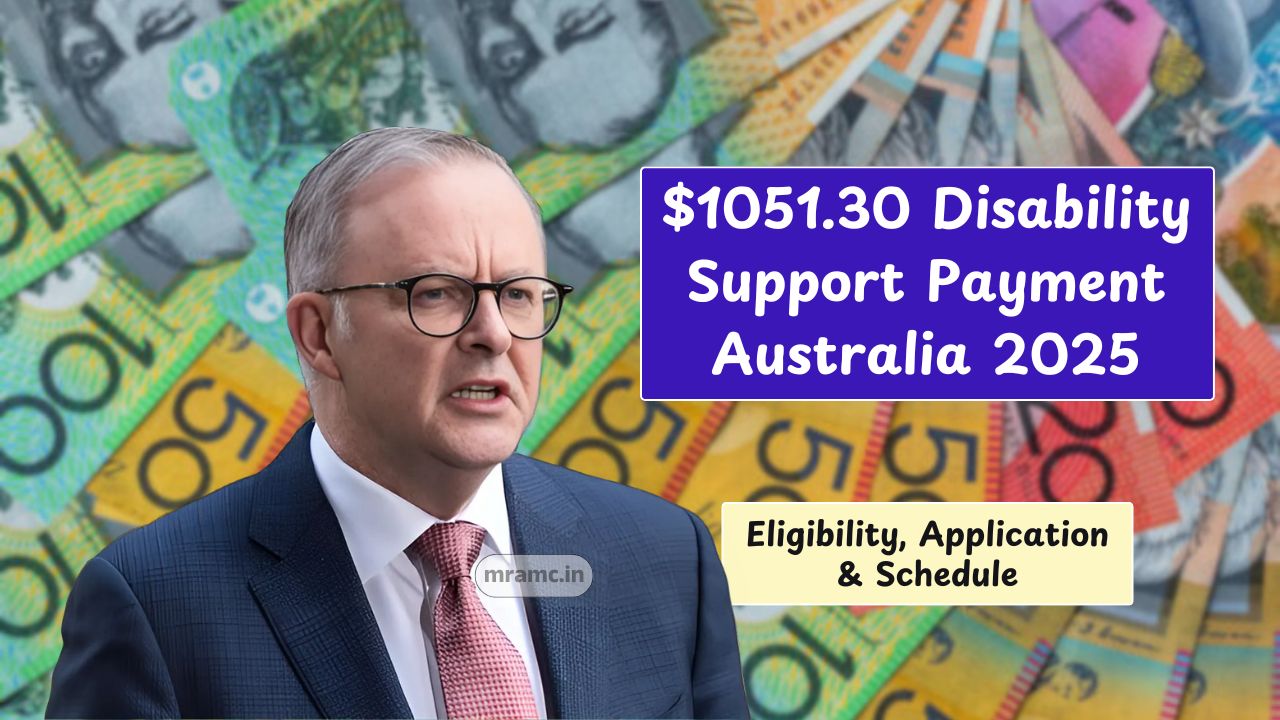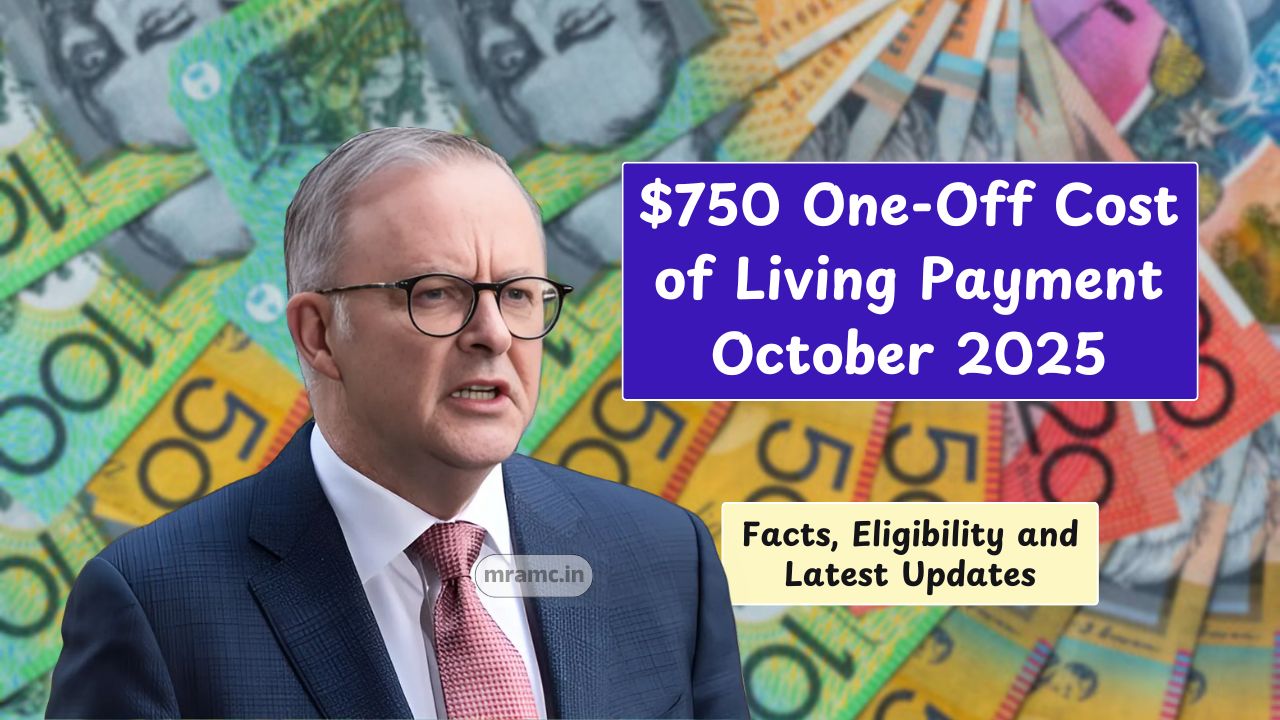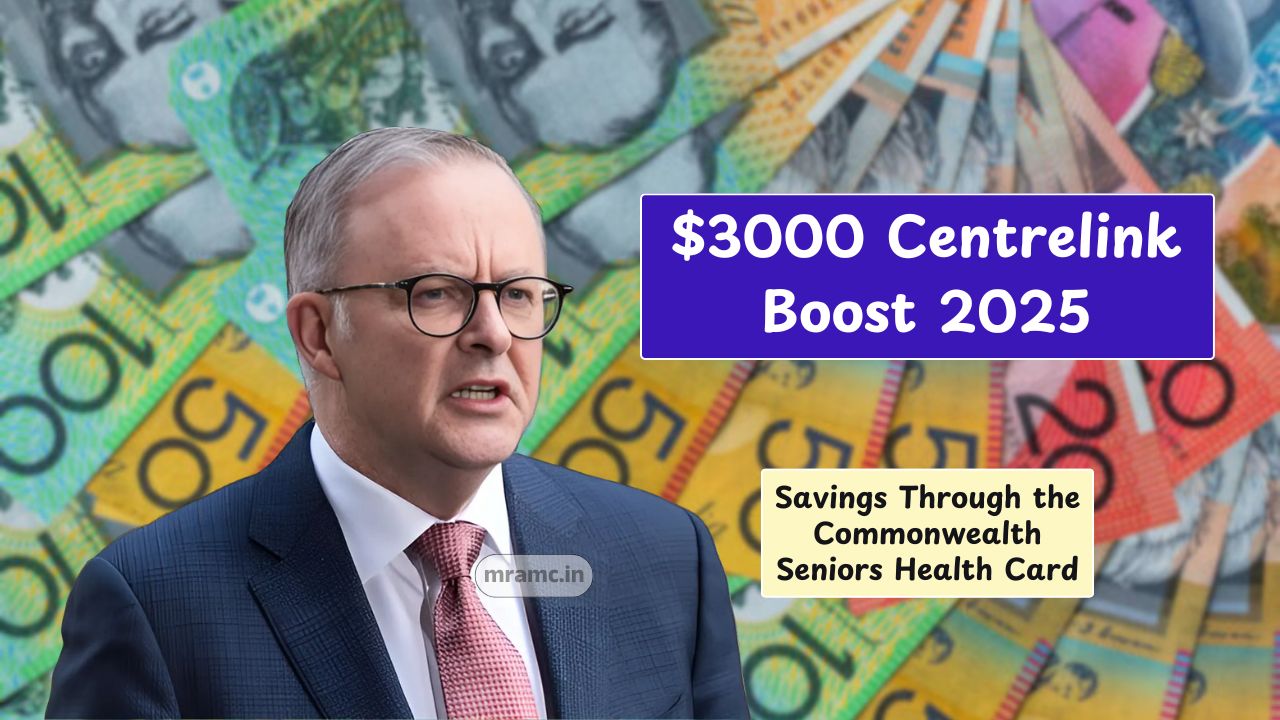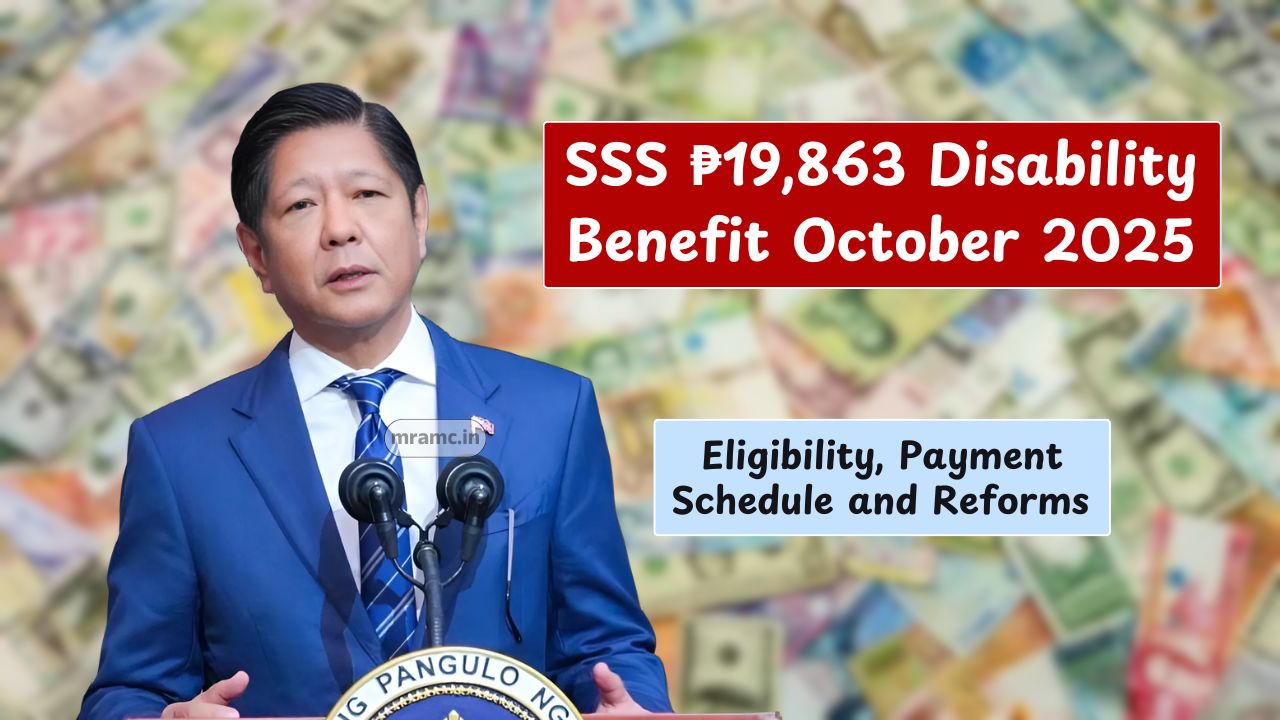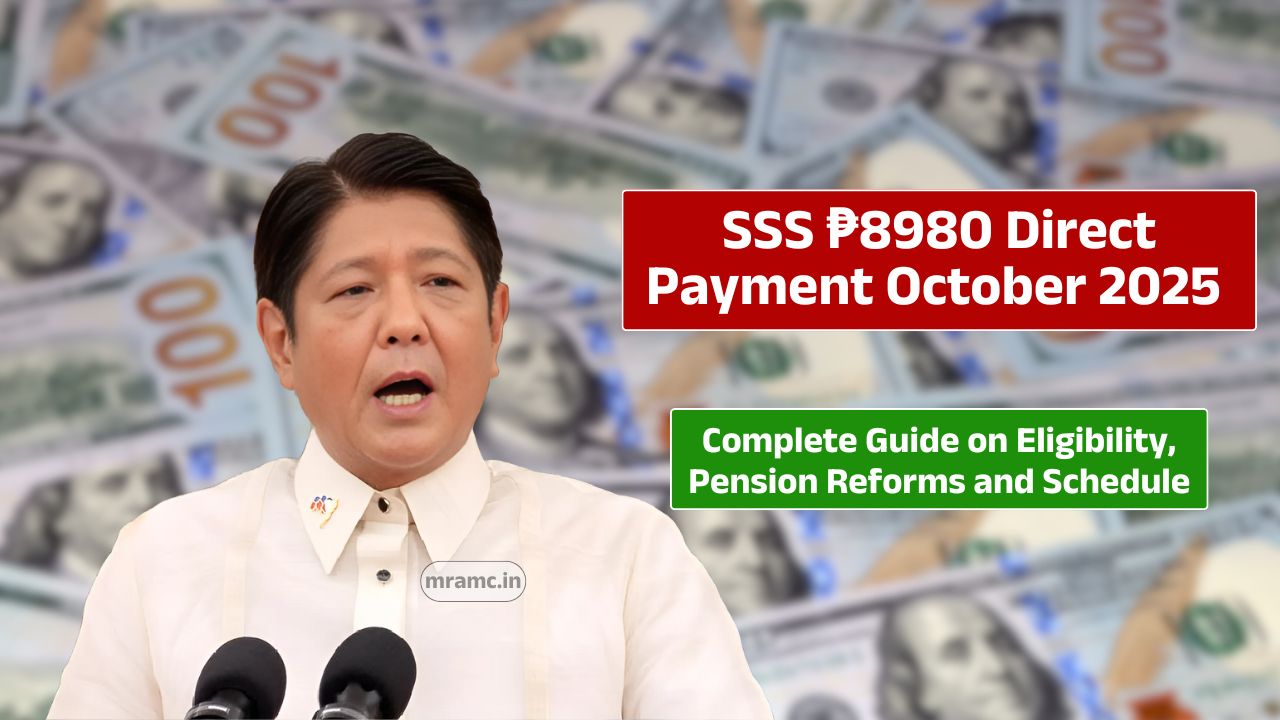Living with a disability can make day-to-day life more challenging, particularly when it comes to managing finances. To help ease this burden, the Australian Government offers the $1051.30 Disability Support Payment (DSP).
This regular financial assistance supports individuals who cannot work due to long-term health conditions, providing a steady income and access to essential benefits.
In this guide, we’ll cover the amount, eligibility, application process, payment schedule, and future updates so you know exactly what to expect.
Overview
The Disability Support Payment is a Centrelink program managed by Services Australia. Its purpose is to support people with permanent disabilities or serious medical conditions who have little to no capacity to work. Payments are deposited directly into recipients’ bank accounts on a fortnightly basis.
Here’s a quick overview:
| Category | Details |
|---|---|
| Department | Services Australia |
| Program Name | Disability Support Payment (DSP) |
| Country | Australia |
| Amount | $1051.30 every 2 weeks |
| Payment Dates | 10 Sept, 24 Sept 2025 (fortnightly) |
| Method | Direct bank deposit |
| Eligible Age | 15 years 9 months to 67 years |
| Official Website | Services Australia |
Amount
The DSP is set at $1051.30 per fortnight in 2025. This base rate applies to single recipients, but the amount may vary based on circumstances such as age, relationship status, and whether dependents are involved.
For example, a single adult over 21 with no children typically receives the standard base rate, while couples or younger individuals with children may have their benefits adjusted. Regardless of the variation, the aim is to ensure fairness and adequate support.
Benefits
The DSP doesn’t just stop at financial assistance. It comes with a range of additional benefits designed to reduce the financial strain of living with a disability:
- Concession cards for discounts on utilities, travel, and services.
- Reduced medical expenses, including cheaper prescription medicines.
- Access to community support programs such as mobility assistance and disability services.
These benefits extend beyond the payment itself and help recipients manage essential costs more easily.
Eligibility
Services Australia has set strict eligibility rules for DSP applicants to ensure that only those in genuine need receive the payment. Here’s a breakdown of the main criteria:
- Age: Between 15 years, 9 months and 67 years.
- Residency: Must be a permanent Australian resident or meet valid residency test conditions.
- Financial: Income and assets must be within the set thresholds.
- Health: Must have a permanent or long-term disability or medical condition that prevents full-time work.
Certain applicants qualify automatically, such as:
- Individuals who are permanently blind.
- People with severe intellectual disabilities (IQ below 70).
- Those diagnosed with terminal illness (life expectancy under 2 years).
- Individuals with specific conditions like HIV/AIDS.
Apply
The application process for the DSP requires careful preparation. To improve the chances of approval, applicants should:
- Visit the Services Australia website and access the claim page.
- Gather all relevant documents, including medical reports, assessments, and identity proof.
- Set up a myGov account and link it to Centrelink services.
- Submit the application online or in person at a Centrelink office.
- Provide supporting medical evidence to confirm the permanent disability or condition.
Providing detailed medical documentation is crucial, as it determines whether the application will be approved.
Schedule
DSP payments are made every two weeks. In September 2025, the dates are as follows:
| Scheduled Payment | Expected Date | Month 2025 |
|---|---|---|
| First Release | 10 | September |
| Second Release | 24 | September |
If the payment date falls on a weekend or holiday, Services Australia may release the funds earlier to ensure timely support.
Inflation
One of the key features of the DSP is its alignment with inflation. Payments are reviewed twice yearly, in March and September, to ensure they keep pace with the rising cost of living.
This adjustment is particularly important because inflation directly affects the affordability of essentials like groceries, housing, and healthcare. By indexing DSP payments, the government helps recipients maintain financial stability despite changing economic conditions.
Updates
As of now, the $1051.30 rate applies until September 19, 2025. New adjustments will come into effect from September 20, 2025, based on the inflation review.
It’s also worth noting that the payment amount may vary depending on:
- The recipient’s age.
- The type and severity of the disability.
- Marital or relationship status.
- Dependents under care.
This ensures that the DSP is flexible and responsive to the unique situations of different households.
The Disability Support Payment continues to play a vital role in helping Australians living with disabilities cope with daily expenses.
With a mix of direct financial assistance and additional benefits, it provides stability, dignity, and the ability to focus on health and well-being rather than financial stress.
FAQs
Who can get $1051.30 DSP?
Anyone 15y9m–67y with permanent disability and residency.
How often is DSP paid?
Payments are made fortnightly, directly to your bank.
Does DSP increase with inflation?
Yes, reviewed in March and September each year.
How to apply for DSP?
Apply via myGov or Centrelink with medical evidence.
What other benefits come with DSP?
Concession cards, reduced medical costs, and services.

